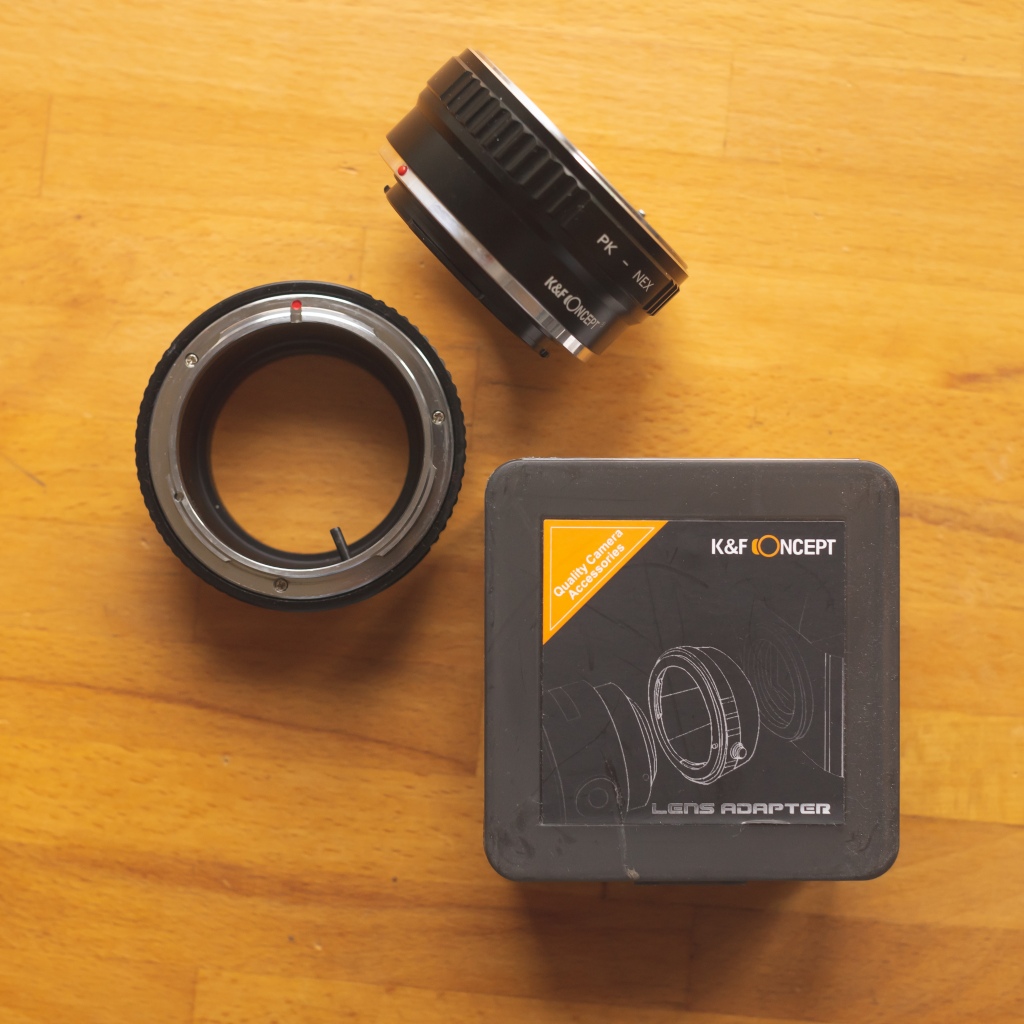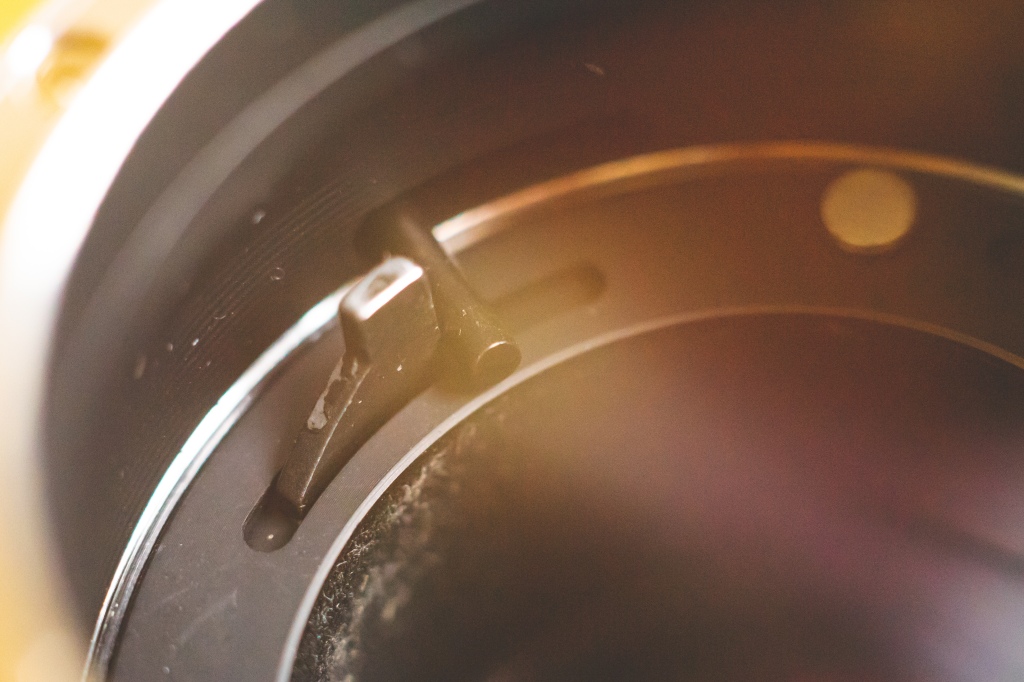If you’re looking to use lenses from the manual focus era, such as the Canon FD 200mm F4 (see my review here) or the Pentax-M 50mm F1.4 (see my review here), on your Sony E-mount camera, you should take a look at these mount adapters by K&F. I own the Pentax PK to NEX and both of the versions of the Canon FD to NEX adapters, and they all work great!

These mount adapters are fairly simple. There’s no communication between the lens and the body, as there’s no electronics inside the lens whatsoever! This means that these adapters can be had very cheaply (around €20), but you’ll have no lens information in EXIF. That means no automatic lens correction in Lightroom or information about your aperture or focal length. You can add this information later, using the Lenstagger plugin for Lightroom, combined with exiftool.

I’m very happy with these adapters. I have the PK to NEX (E-mount) and FD to NEX version, and they work great. I think they look nice, the black lines up pretty nice with the lenses. That’s about as much I can ask for such a simple item!

As far as the FD -NEX adapter goes, there’s two versions. The first version has a black E-mount, made out of some sort of metal, but I’m not sure what exact material is used. The second version, version II, uses a different material, resulting in a chrome-looking mount. As far as I can tell, this is the only difference between the two versions. I haven’t had any issue with both versions of the lens though!

The Canon FD adapter has an interesting feature. In order to operate the aperture ring, there’s a pin that needs to be pushed. If you don’t, moving the ring will not affect the aperture of the lens. I have no idea why Canon has engineered the FD mount like this, but that’s what they did. In order for an FD lens to operate correctly, you’ll need to set the adapter to the ‘lock’ position when you mount the lens. Then, after mounting, slide the ring to the ‘open’ position, and you can adjust the aperture!